Temporary Palace at Hwaseong Fortress (Hwaseong Haenggung Palace) (화성행궁)
396.10614931053595m 82783 2022-04-08
825, Jeongjo-ro, Paldal-gu, Suwon-si, Gyeonggi-do
+82-31-228-4677
A haenggung is a temporary palace where the king and royal family retreated to during a war. Hwaseong Haenggung Palace is the largest one of these, used by the Joseon kings since the time of King Jeongjo (r. 1776-1800). In addition to being used as a shelter during war, King Jeongjo also stayed here during trips to worship at his father's tomb. The palace was the location of a splendid feast held on the 60th birthday of his mother, Hyegyeonggung Hong, and many other events, including award certificates for successful candidates of special national exams. These days, the palace serves as a venue for many traditional cultural performances and activities.
24 Martial Arts Trial Performance (무예24기 시범공연)
445.1318534705602m 11803 2021-06-07
825, Jeongjo-ro, Paldal-gu, Suwon-si, Gyeonggi-do
• 1330 Travel Hotline: +82-2-1330 (Korean, English, Japanese, Chinese) • For more info: +82-31-267-1644
24 Martials Arts (Muye 24-gi in Korean) refers to the 24 martial art techniques in the Muyedobotongji (Comprehensive Illustrated Manual of Martial Arts). The manual was compiled in 1790 by Confucian scholars Lee Deok-mu and Park Jae-ga, along with the martial arts expert Baek Dong-su, under the orders of King Jeongjo (22nd ruler of the Joseon dynasty). Regarded as a resource for understanding the nature of Korean military science, the manual is an exemplary martial arts compilation that was organized into 24 techniques by adopting the traditional martial arts of Joseon, as well as China and Japan.
The 24 Martial Arts were practiced by the soldiers of the outer military unit of Jangyongyeong, the most elite military troop during the Joseon dynasty. Soldiers stationed at the northern and southern military camps of the Hwaseong Temporary Palace practiced these techniques to effectively guard the palace. It is considered as a significant intangible heritage because of its great historical, artistic, and athletic values. With the restoration of the temporary palace, a regular event is being held to demonstrate the 24 Martial Arts.
Motgol Market (못골종합시장)
473.6876245068719m 19505 2021-03-12
10-12, Suwoncheon-ro 258beon-gil, Paldal-gu, Suwon-si, Gyeonggi-do
+82-31-246-5638
Motgol Market features a variety of shops selling side dishes and ingredients ranging from fresh and dried fish to meat, vegetables, rice cake, and more. The sells make great efforts in promoting trust between merchant and customer, providing their products at the lowest prices with a friendly smile. The market stands as a representative culture market of Korea, thanks to the convinence in shopping and the affordable products.
Hyowon’s Bell (효원의 종·서장대)
595.2993553044474m 13923 2021-06-11
825, Jeongjo-ro, Paldal-gu, Suwon-si, Gyeonggi-do
+82-31-228-2765
Hyowon’s Bell is located at the summit of Paldalsan Mountain. The bell was created to honor the filial devotion of King Jeongjo towards his father, Crown Prince Sado. The bell has various symbols representing the city of Suwon and its cultural assets. The bell is always rung three times- the first ring is in gratitude for the love of one’s parents, the second to hope for happiness in one’s family, and the third as a prayer for self-improvement.
Haenggung-dong Mural Village (행궁동 벽화마을)
683.3805093170704m 0 2024-02-01
9-6 Hwaseomun-ro 72beon-gil, Paldal-gu, Suwon-si, Gyeonggi-do
Suwon’s Haenggung-dong is the name for 12 neighborhoods, including Jangan-dong and Sinpung-dong, in the Hwaseong Fortress area. It was the most bustling place in Suwon from when the Hwaseong Fortress was built 220 years ago until just a few decades ago. However, with Hwaseong Fortress being designated as a UNESCO World Heritage Site, time seems to have stopped due to strict development regulations. In the meantime, residents, civic groups, and artists came together to paint murals in effort to make the area become more alive. Due to their efforts, the region has now emerged as a tourist attraction visited by as many people as Hwaseong Fortress.
The Haenggung-dong comprises various alleys connected depending on their characteristics, including the Mural Village, Workshop Street, Suwon Chicken Street, and Jidong Market. The Mural Village is divided into six alleyways by theme, including the Haengbokha (Happy) Road, Saranghada (Love) Road, Nuneuroganeun (to Snow) Road, Cheoeumachim (First Morning) Road, Romance Road, and Dwiroganeun (Backward) Road. A photo zone has been set up in front of the mural, and not only the mural but also the walls, roof, and fence are filled with various sculptures and paintings. Many pretty workshops and cafés nearby are also interesting to look around.
Hwahongmun Gate (화홍문)
843.0830833388961m 23595 2021-07-01
377, Suwoncheon-ro, Paldal-gu, Suwon-si, Gyeonggi-do
+82-31-251-4435
Hwahongmun Gate refers to the northern gate of Hwaseong Fortress among the two main gates installed to control the flow of Suwoncheon Stream that cuts through the fortress. Hwahongmun Gate consists of seven arched watergates in varying sizes. The watergate at the center is larger than the others to control the water flow effectively.
Suwonhyanggyo Confucian School (수원향교)
886.8269155875627m 17521 2022-12-29
107-9, Hyanggyo-ro, Paldal-gu, Suwon-si, Gyeonggi-do
+82-31-245-7639
Suwonhyanggyo Confucian School was built in 1291 in front of Hwasan Mountain in Hwaseong where it stayed for nearly 500 years. It was moved to its current location in 1789 with the construction of Hwaseong Fortress. During the move, some of the original wood was exposed to water and began to rot. These parts were repaired in 1795 and efforts were made to prevent the wooden structure from futher damage. The current school is comprised of various halls, gates, and pavilions. It is registered as Gyeonggi-do Cultural Property and operates programs every summer for regional students.
Yeonpo Galbi (연포갈비)
891.6623648825226m 11442 2021-02-24
56-1, Jeongjo-ro 906beon-gil, Paldal-gu, Suwon-si, Gyeonggi-do
+82-31-255-1337
Located near Hwahongmun Gate, one the Eight Sights of Suwon, Yeonpo Galbi is the perfect place to stop by for a rest and to eat some authentic Suwon galbi (ribs) while touring the area. With rustic logs on the exterior and a bright, clean interior, the restaurant seeks to capture the local spirit of the neighborhood and aesthetically complement the nearby Hwahongmun Gate. As far as for the food, each dish is designated to be prepared by a specific assistant cook for a consistent taste.
Banghwasuryujeong Pavilion (방화수류정(동북각루))
903.0302669131245m 1257 2021-06-07
44-6, Suwoncheon-ro 392beon-gil, Paldal-gu, Suwon-si, Gyeonggi-do
+82-31-228-4672
Banghwasuryujeong Pavilion, officially called Dongbukgangnu Pavilion, was built in 1794 during the construction of Suwon Hwaseong Fortress. It sits atop a hill east of Hwahongmun Gate and offers beautiful views of the surrounding scenery. For this reason, the pavilion received the nickname Banghwasuryujeong, meaning a pavilion where one can "find flowers and stroll among willow trees." The pavilion was once damaged due to flooding and reconstructed in 1848, followed by continuous recovery and preservation efforts. In 2011, the pavilion was designated as Treasure No. 1709. Banghwasuryujeong Pavilion is evaluated as one of the most original architectures in Hwaseong for its unique composition and roof design that offer a different look depending on the viewer's angle. Known to be the spot where King Jeongjo would stop by to rest on his way to Hwaseong Fortress, the pavilion offers a bird's-eye-view of Yeonmudae Post to the east and Janganmun Gate to the west with Paldalsan Mountain in the background.
Hwaseomun Gate (화서문)
986.2450484576157m 18897 2022-12-29
334, Jangan-dong, Paldal-gu, Suwon-si, Gyeonggi-do
+82-31-290-3600
Hwaseomun Gate is the western gate of Hwaseong Fortress, a Treasure. Over the stone mujigae (rainbow) door is a single-story tower gate. Hwaseomun Gate's ongseong (defensive gate) forms a crecent shape, with one side of the ongseong remaining open.
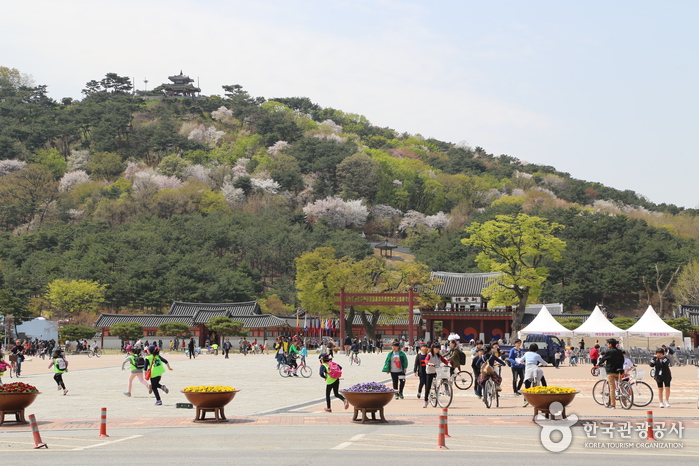
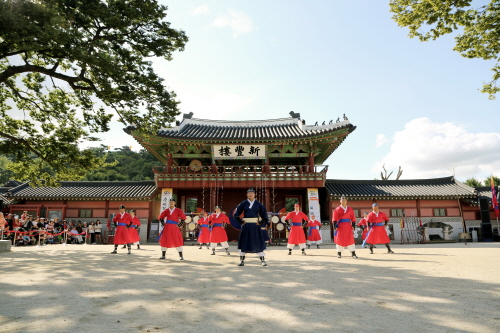
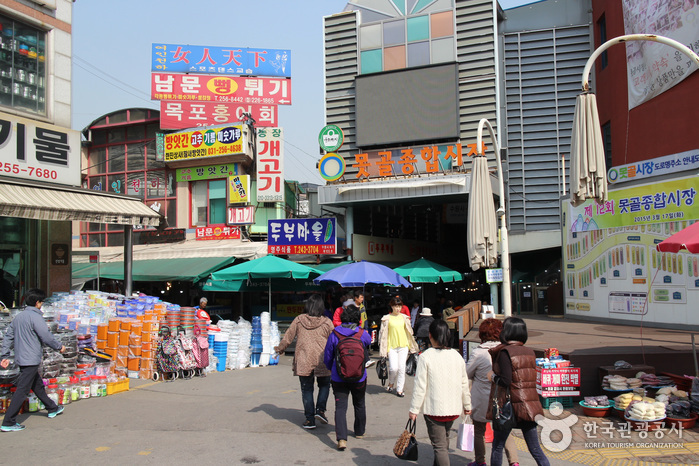
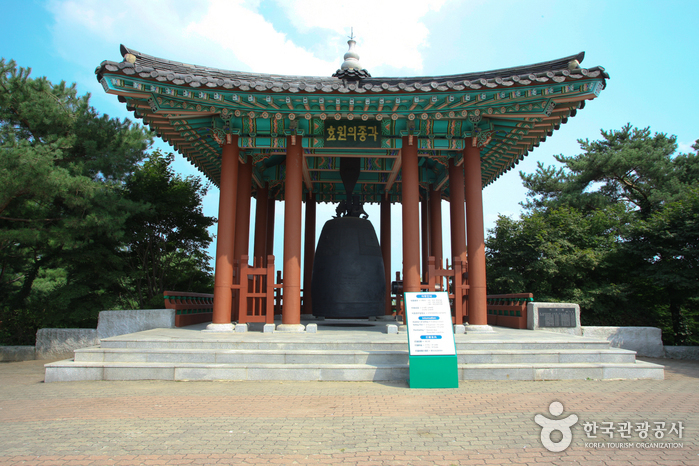
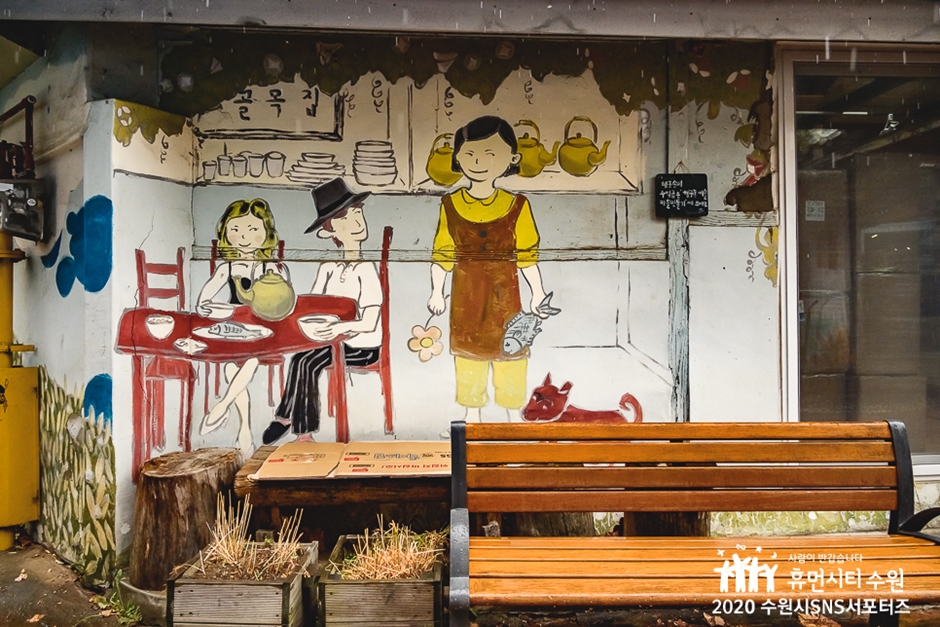
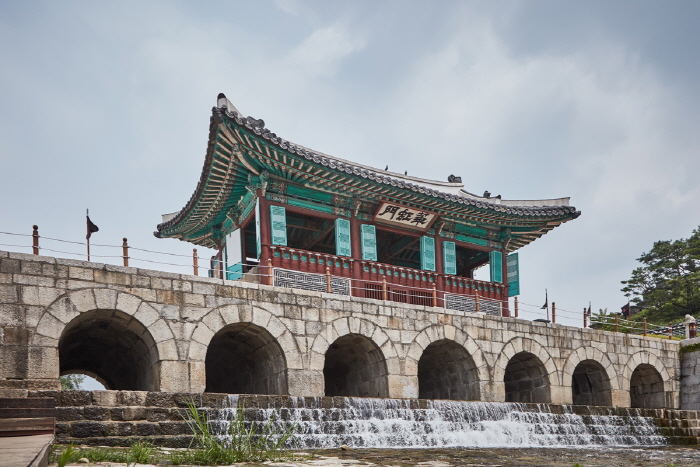
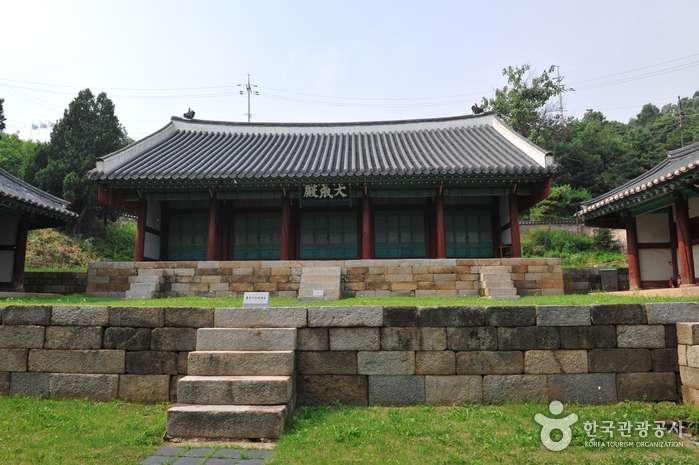
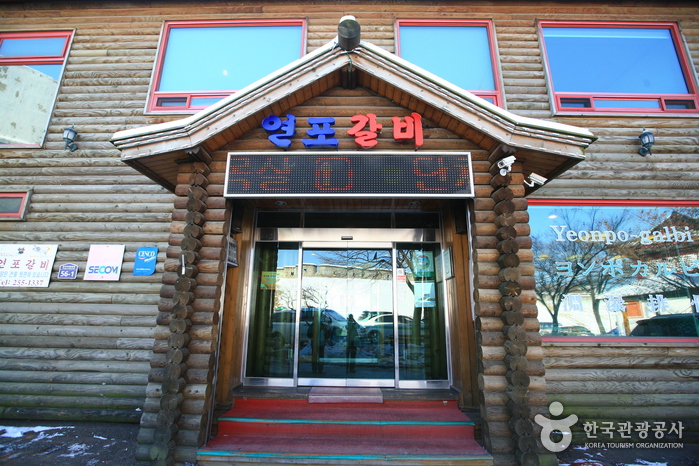
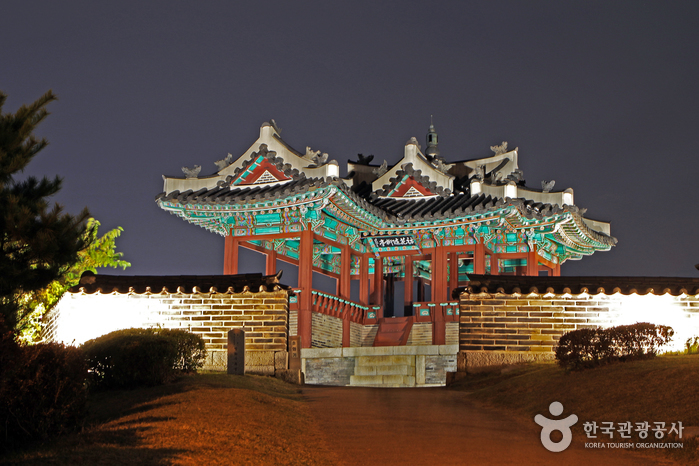
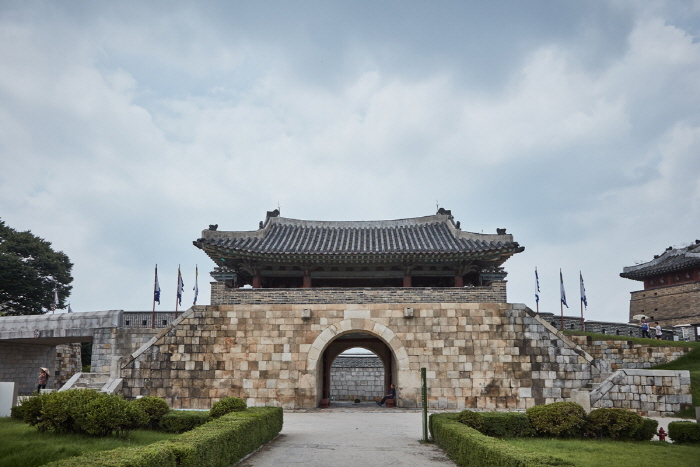
 English
English
 한국어
한국어 日本語
日本語 中文(简体)
中文(简体) Deutsch
Deutsch Français
Français Español
Español Русский
Русский